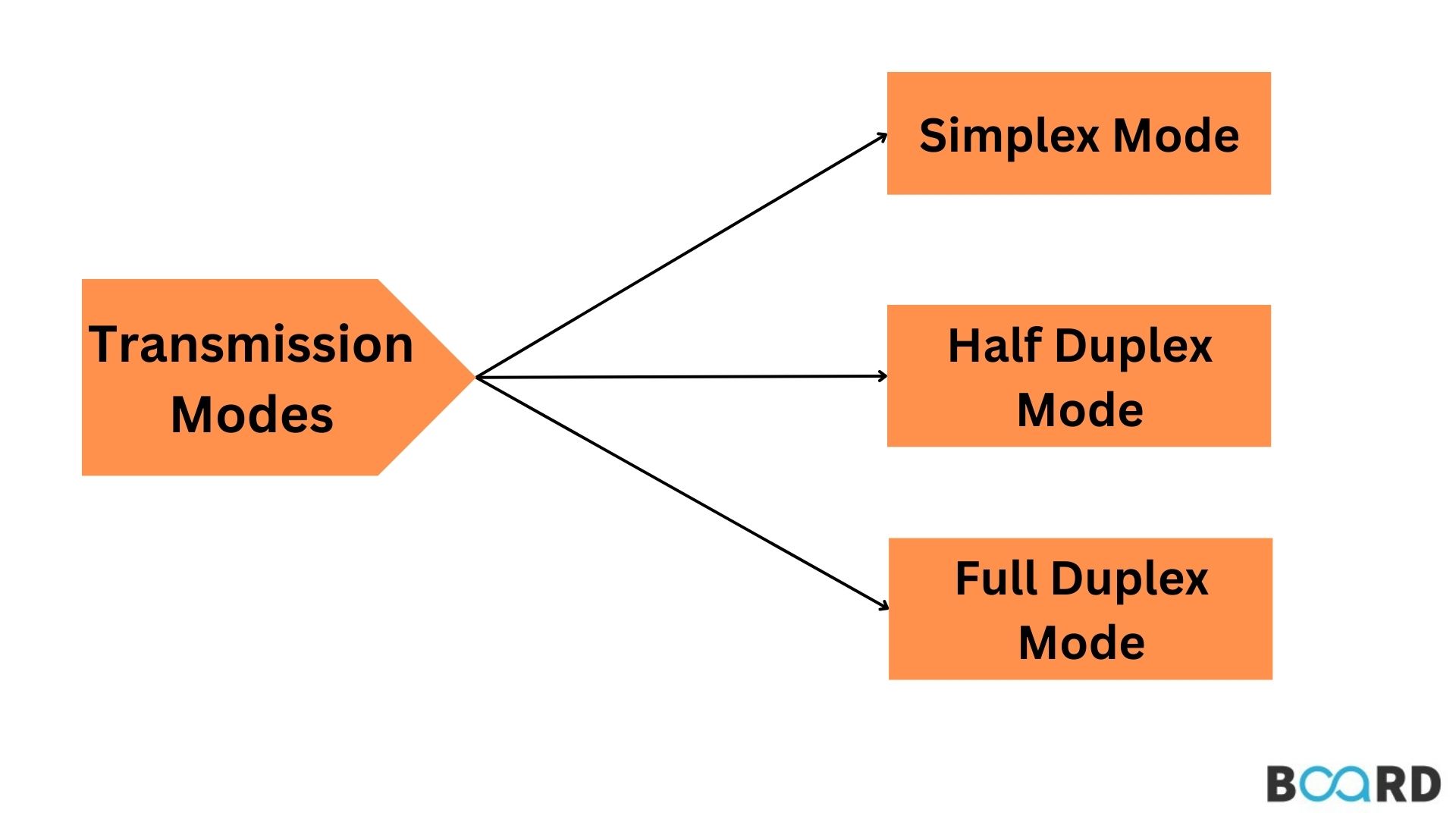
Introduction
Transmission mode refers to the process of moving data from one device to another.
- The communication mode is another name for the transmission mode.
- Each communication channel has a direction that goes with it, and the direction is provided by the transmission medium. As a result, the transmission mode is additionally referred to as a directional mode.
- The physical layer specifies the transmission mode.
- The Data Transmission mode establishes the direction in which data will flow between two communication devices via a communication channel consisting of copper wires, optical fibers, wireless channels, and other storage media.
- It also goes by the name "Data Communication Mode." Because each communication channel is connected with a direction provided by the transmission media, the transmission mode is occasionally referred to as a directional mode.
Data transmission within the network is the sole function of the Physical Layer in the Open System Interconnection (OSI) Layer Model.
It dictates the path that the data must take to get to the system or node that will receive it. The communication channel, which consists of copper wires, optical fibers, wireless channels, and other storage media, is used to transfer data between the devices.
SIMPLEX MODE
When there is only a single or one-way information flow from sender to receiver, the Simplex transmission method is employed in computing networks. Communication only takes place in one way in this manner of transmission; hence, the circuit is set up to either transmit or receive data. In the same manner that traffic can only flow in one direction on a one-way street, simplex mode prevents traffic from coming from the other direction.
Because two-way data exchange is typically required for communications, the simplex transmission method is not very popular. In business, the simplex mode is utilized for sales that don't need a reciprocal response.
- Data only flows in one direction during communication in the simplex mode.
- A device can only send data; it cannot receive it. Likewise, a device can receive data but not send it.
- This transmission method is not particularly common because most connections call for two-way data exchange. In the commercial world, the simplex mode is utilized for sales that don't need a corresponding response.
- Because it provides the signal to the listeners without ever allowing them to broadcast back, the radio station is a simplex channel.
ADVANTAGES
- More data can be transferred at once in simplex mode since the station can use the complete bandwidth of the communication channel.
DISADVANTAGES
- Since communication is unidirectional, there is no device-to-device communication.
HALF DUPLEX MODE
When just one piece of information may be sent from sender to receiver at a time, the half-duplex mode of transmission is employed in computer networks. The linked devices can send or receive data in this mode, but not concurrently. As radio stations can both receive and send data in half-duplex mode, the communication's direction can be switched.
When simultaneous communication in both directions is not necessary, the half-duplex mode is utilized.
ADVANTAGES
Both devices can transmit and receive data while operating in half-duplex mode, and they can also make use of the whole bandwidth of the communication channel.
DISADVANTAGES
The delay in transmitting the data at the appropriate time occurs in half-duplex mode when one device must wait while another sends data.
FULL DUPLEX MODE
- The communication is bi-directional, or the data flow in both ways, in full duplex mode.
- The message can be sent and received simultaneously by both stations.
There are two simplex channels in full-duplex mode. There are two channels, one with traffic going in one way and the other in the other direction.
- The quickest method of device communication is the full-duplex mode.
- The telephone network is the most typical example of the full-duplex mode. Both parties can talk and listen at the same time while using a telephone line to communicate.
ADVANTAGES
- Because data is sent in both directions, full-duplex transmission is the quickest. Data can be sent and received concurrently by both stations.
DISADVANTAGES
- In the absence of a dedicated way, the communication channel's capacity is split in half.
